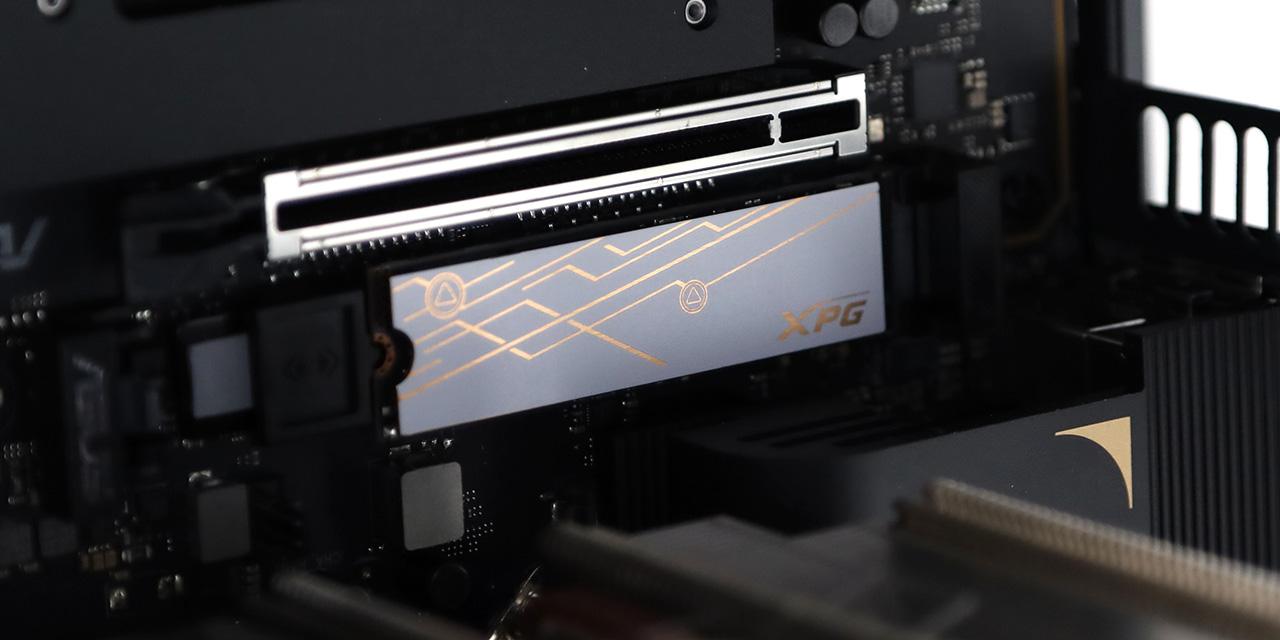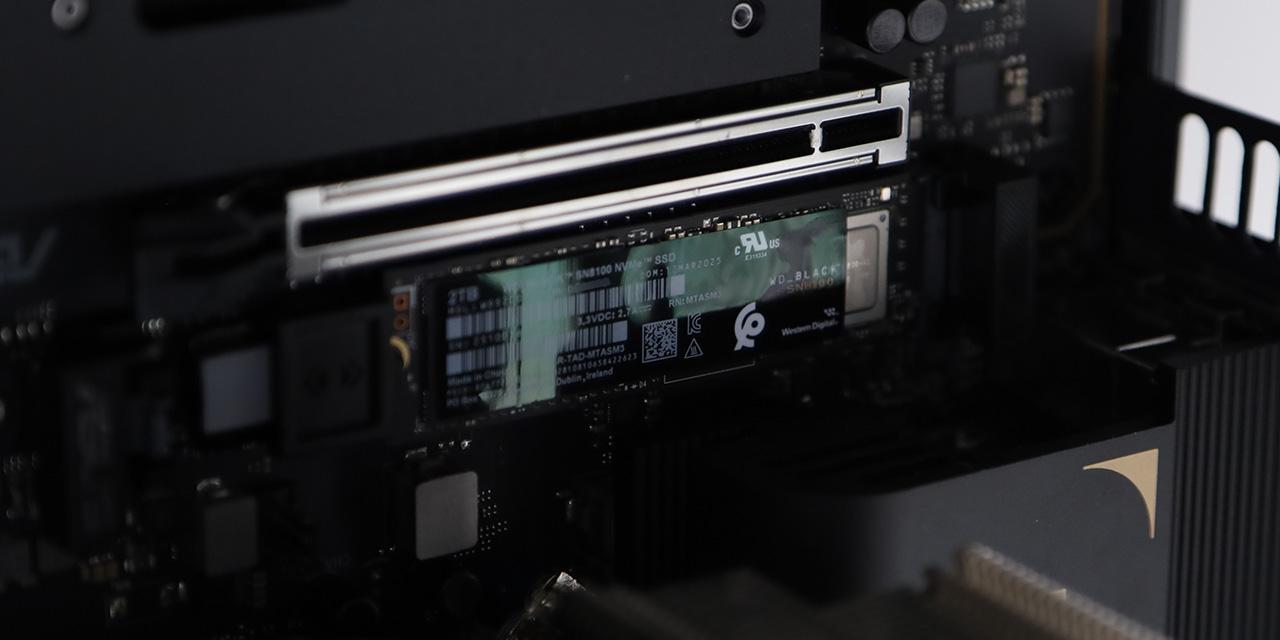Page 3 - Physical Look - Inside

If you listen to the yellow stickers on the side panels, you will know that removing the side panels is quite easy. The first step is to pop off the front panel that is held on by plastic tabs. These tabs are pretty loose but the panel does not fall off unintentionally. Next, you can remove each side panel with two button tabs. Pulling them off will release the tempered glass sides. Each side has a metal frame attached to where the push-pull plastic buttons exist. I still really like how well built this mechanism is, as it does securely hold the sides well. Once released, the rest of the frame slides off. As this is a glass panel, do take care since nothing else is holding the panel to the side. I commend SilverStone for implementing such a simple but functional mechanism to hold the sides in place. It stays hidden so that we get four flat sides without any out-of-place protrusions. As for the glass, they are heavily tinted so it will conceal the components inside, even if you have some illuminated components.

As I have mentioned already in this review, and of the original Lucid LD03, this case has a rotated internal layout to allow air to rise in a chimney effect. This means air comes in at the bottom of the case, moves through the components, and is exhausted out the top. There still is an open area design internally with all of the components installed here. This is not surprising considering the size of the case. Form this point of view, we are looking at the top of the case. A mini ITX or mini DTX case would mount near the top of the case with an expansion card being screwed in here. Four motherboard standoffs are already installed, so you can immediately place the motherboard here. A Silverstone-branded 120mm HA1225L fan is included here for exhaust. This is a 3-pin voltage-controlled fan made by Hong Hua. It runs at 1200RPM under standard operation.

At the bottom of the SilverStone Lucid LD03-AF, we have a second 120mm case fan, but this is a SilverStone Air Penetrator AP120i PRO, which we looked at earlier this year. As such, this is a 4-pin PWM controlled fan with ball bearings. It spins at speeds of up to 2000RPM, generates up to 74CFM of airflow, and produces a maximum static pressure of 2.52mmH2O. The fan slot here maxes out at 120mm, which is understandable because there needs to be room for longer graphics cards in this case to extend near the intake fan. On the other side of the fan, we have a rectangle bracket mounted to the case walls. This is where the SFX or SFX-L power supply will be installed with extra space for longer cables. Even with the longer SFX-L size and a larger GPU, you should still have room for both of these components and their cables. It would have been nice to see the larger ATX power supply supported in this case, as it is the more common size. An internal power cable is routed here, as the back of the power supply is not normally exposed. Otherwise, you can see some of the front I/O headers and cables. This includes the USB 3.1 Type-A header, USB 3.1 Type-C header, HD audio plug, and front panel pins.

On this final side of the SilverStone Lucid LD03-AF, you can mount your storage here. Above the power supply is a horizontal bracket with mounting positions for two drives. This includes configurations of either a single 3.5" and 2.5" drive or two 2.5" drives. While I would have liked to see possibly another 3.5" drive mounting spot, I think this is adequate for most users. In addition, this spacing could be used for some cabling, as there is a bit of a gap between the side wall and the vertical bracket here. Otherwise, there is the internals of the Lucid LD03-AF, so let us get to checking out the installation process.
Page Index
1. Introduction, Packaging, Specifications
2. Physical Look - Outside
3. Physical Look - Inside
4. Installation and Conclusion





